Last Updated on March 27, 2025 by SampleBoard
There's just something so delicate and charming about porcelain figurines that captures the hearts of many collectors.
These thoughtfully designed and meticulously crafted pieces have been cherished for centuries, standing the test of time as a classic decorative item.
Whether displayed in a traditional china cabinet or placed on a modern shelf, they serve as a reminder of the beauty and craftsmanship of a bygone era.
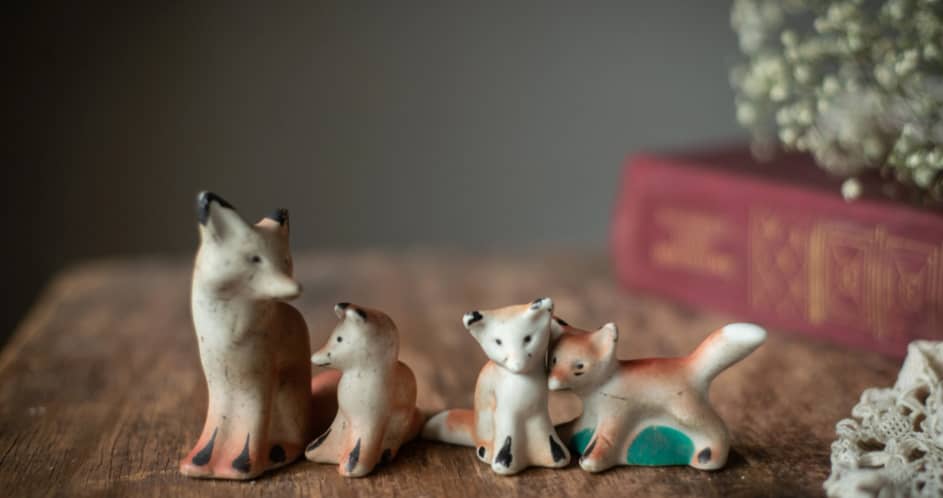
Back in the day, porcelain figurines were primarily used as decorative items in wealthy households.
They were a sign of luxury and refined taste, often depicting cultural or historical figures, religious icons, or everyday scenes.
The production of porcelain figurines started in China during the Tang Dynasty in the 7th century, and it quickly spread to Europe during the Renaissance.
In terms of symbolism, they were seen as objects of status and elegance, representing wealth, sophistication, and artistic appreciation.
Their delicate and intricate designs also symbolized fragility, grace, and beauty.
As time went on, they became more accessible to the mass market, but the symbolism behind them remained unchanged.
Nowadays, collectible porcelain figurine sets are still a popular investment for many collectors, especially those with a passion for art and history.
They continue to hold their value and are often passed down as family heirlooms or gifted as special tokens of appreciation.
While they've become more accessible and affordable, modern porcelain figurine collections still maintain the same level of quality and detail as their predecessors.
They are often handcrafted by skilled artisans using traditional techniques, making each piece unique and valuable.
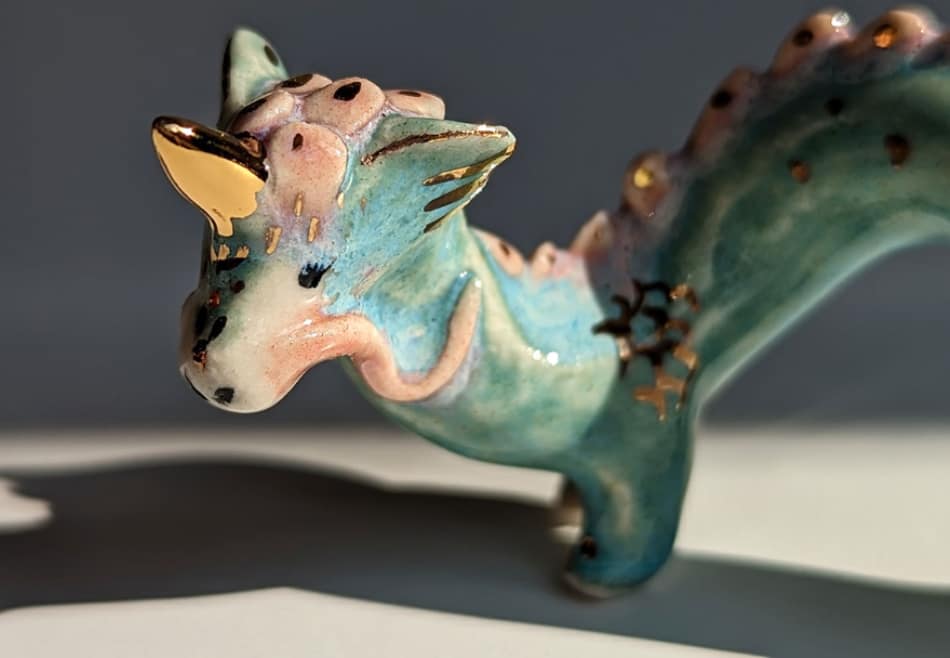
Historically, people used kaolin - a type of white clay found in China - to create porcelain figurines.
They would mold the clay into various shapes and then fire it at extremely high temperatures to create a durable and translucent material.
The figurines would then be hand-painted with intricate details and designs, often using mineral-based paints.
Today, porcelain figurines are still made using similar techniques, but modern advancements have allowed for more precise and efficient production methods.
Instead of being fired in traditional kilns, they are now fired in computer-controlled electric or gas kilns, ensuring consistent and even temperatures throughout the firing process.
This results in higher quality and more durable figurines.
Not to mention the use of modern tools and technology has also made it easier for artists to create intricate details and designs on the figurines.
This has allowed for a wider range of styles and themes, catering to different tastes and preferences.
This material is often confused with other types of ceramic, such as earthenware or stoneware.
While they do share some similarities, porcelain stands out with several distinctive features.
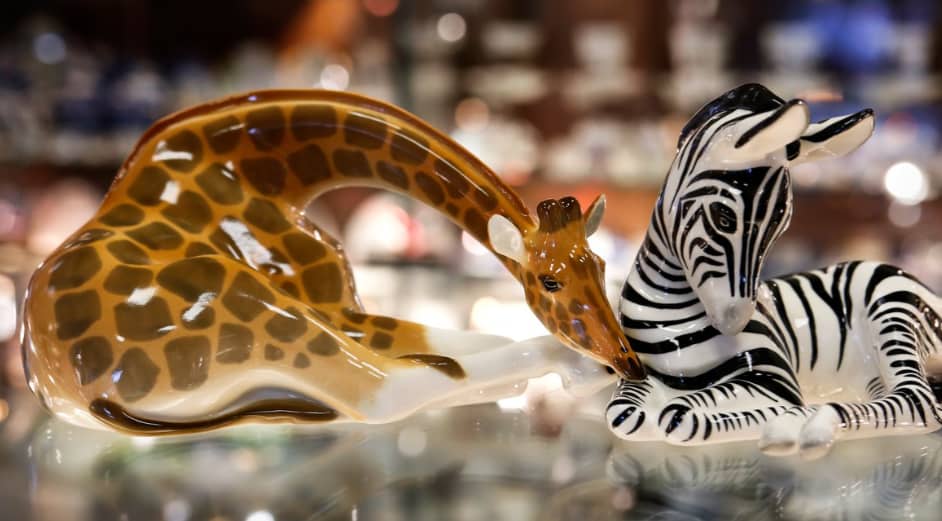
Starting off with a signature feature, collectible porcelain figurine sets come with a very particular palette.
It is mostly dominated by soft and muted tones, including blues, pinks, greens, and yellows.
Glazes are often glossy and smooth, giving the figurine a shiny finish.
If you notice any vibrant or bold colors on a figurine, chances are it is not made of porcelain.
While some manufacturers may use enamel or other types of paint for decoration, true porcelain figurines will always have a more natural and subdued color palette.
In contrast, earthenware and stoneware figurines tend to have a wider range of colors, including vibrant and earthy tones.
Glazes on these types of ceramic are often rougher and not as glossy.
Porcelain is quite lightweight compared to other types of ceramic.
This is due to its composition, which includes kaolin clay, feldspar, and quartz, which are all fine and light materials.
The resulting figurine is thin and translucent, allowing light to pass through it.
Meanwhile, earthenware and stoneware tend to be thicker and heavier due to their composition of coarser materials, such as iron-rich clay or sandstone.
This also gives these ceramics a more opaque appearance.
Another hallmark of porcelain figurines is the level of detail and precision in their design.
Due to its delicate nature, porcelain can be molded into intricate shapes and designs, making it perfect for creating lifelike figures.
Artisans use different sculpting techniques for porcelain figurines, including hand-moulding, casting, and carving.
These techniques require a high level of skill and patience to achieve the desired results.
Hand-molding involves shaping the clay by hand, typically using a mixture of clay and water, known as slip.
This allows for more control and precision in creating details on the figurine.
Casting is another popular technique where liquid porcelain is poured into a mold and allowed to set.
Once set, the figurine can be removed from the mould and further refined through carving or painting.
Carving involves removing pieces of clay from a block to create the desired shape and design.
This technique requires a steady hand, as any mistakes can be irreversible.
As such, it is often reserved for creating intricate and one-of-a-kind figurines.
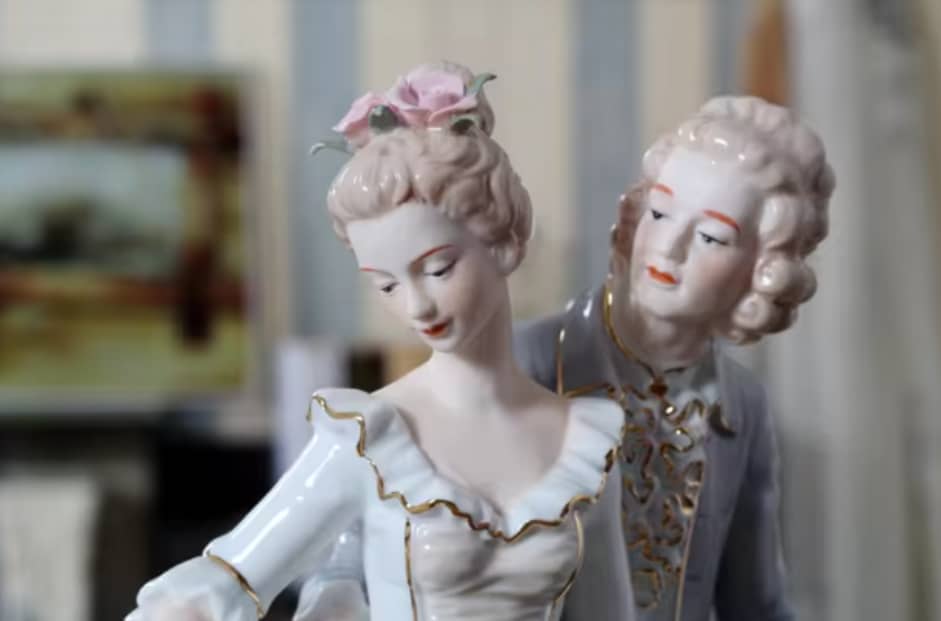
With such intricate and detailed work, porcelain figurines often bear a maker's mark or signature to indicate the artist responsible for its creation.
These marks can vary from a simple signature to elaborate symbols and stamps.
While some manufacturers use a standardized mark to indicate their brand, many artists choose to create unique marks or signatures for each of their pieces.
These markings not only add value and authenticity to the figurine but also serve as a way for collectors to identify the artist.
Porcelain figurines are delicate and require proper care to maintain their beauty and value.
Even though it's an inherently sturdy material, porcelain can chip or crack if mishandled.
For starters, it is important to handle them with care, using both hands and avoiding gripping them too tightly.
It is also recommended to avoid placing them in areas where they can easily be knocked over or bumped into.
Dust and dirt can build up on the surface of a porcelain figurine, so it's essential to clean them regularly.
This can be done using a soft-bristled brush or a damp cloth.
Harsh cleaning agents should never be used as they can damage the delicate glaze and paint on the figurine.
Storing them properly is also crucial in preserving their quality.
They should be kept in a dry and cool place, away from direct sunlight.
It's also best to wrap them in acid-free tissue paper or bubble wrap before storing them in a box to prevent any potential damage.
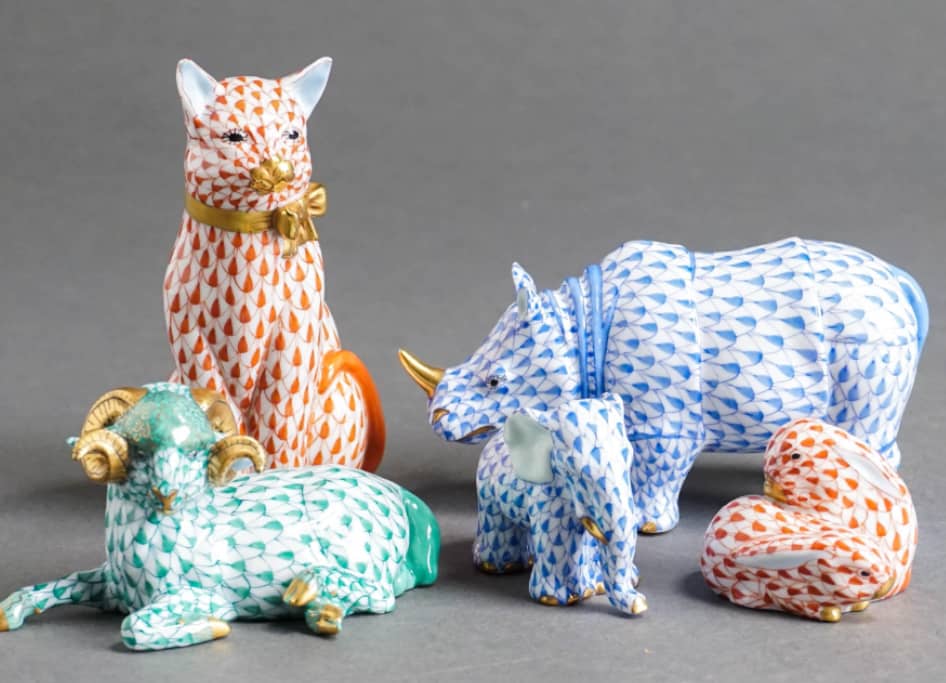
Porcelain figurines have endured as timeless decorative pieces, symbolizing elegance, craftsmanship, and artistic appreciation.
Whether as family heirlooms or valuable collectibles, these delicately crafted items continue to capture the hearts of collectors and art enthusiasts alike.
With their intricate designs, translucent quality, and timeless appeal, porcelain figurines remain a cherished addition to any décor, blending tradition with modern craftsmanship.